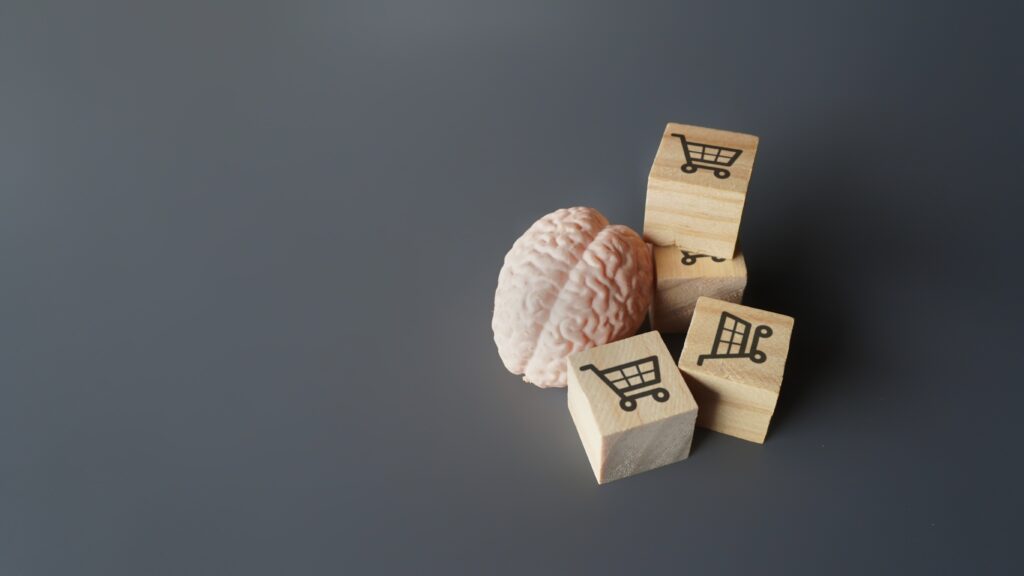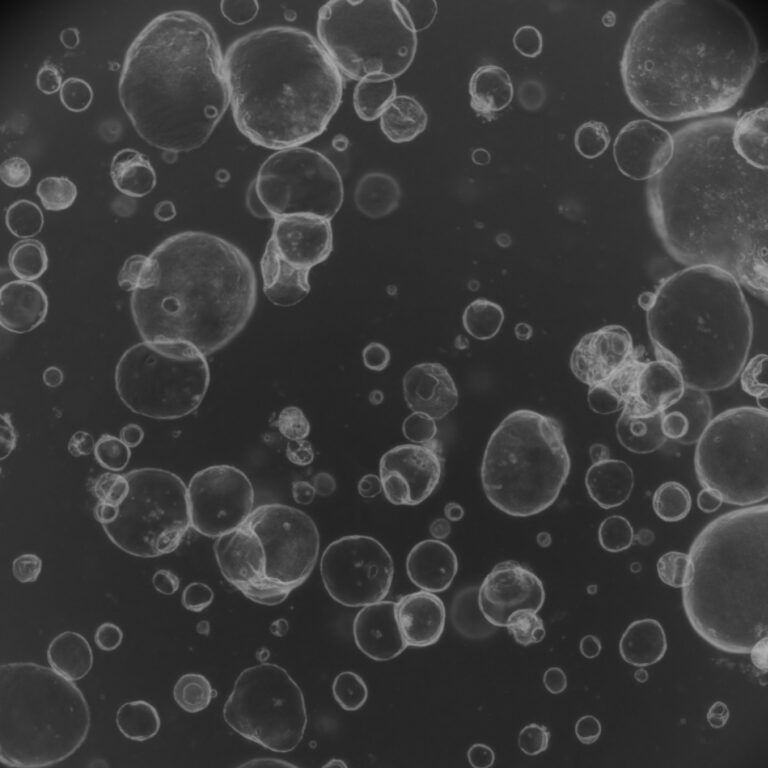Last year, we witnessed queues forming for Starbucks’ wicked-themed drinks, with emerald-hued concoctions and pink potions grabbing global attention. This year, the spotlight has shifted to Labubu, quirky elf-like dolls from Pop Mart that have transformed from niche collectables into international phenomena, backed by celebrities from Rihanna to Lisa from Blackpink.
These cyclical obsessions shed light on the neurobiological mechanisms behind Fear of Missing Out (FOMO). Recent neuroimaging research shows that FOMO is linked to structural variations in the precuneus, a brain region crucial to the default mode network that governs social cognition and self-referential processing.

Unlike traditional reward-driven behaviours, FOMO triggers neural pathways associated with social connection rather than dopamine-driven pleasure centres. his key insight into the neurobiological response explains why limited-edition merchandise creates such compelling urgency: our brains interpret exclusivity as social status rather than just acquisition.
Modern marketing strategies exploit these neurological vulnerabilities through temporal constraints and artificial scarcity. The “blind box” phenomenon surrounding Labubu is a prime example—uncertainty and surprise amplify the anticipation response, creating psychological investment beyond the product’s inherent value.
Understanding the neurobiology of FOMO offers biotechnology companies valuable insights into consumer engagement. As digital ecosystems increasingly influence purchasing decisions, recognising the neurochemical drivers behind trends becomes essential for sustainable business development and responsible marketing practices.
Read more:
- Fear of missing out (FoMO) among social media users: a systematic literature review, synthesis and framework for future research
- Fear of missing out (FOMO) associates with reduced cortical thickness in core regions of the posterior default mode network and higher levels of problematic smartphone and social media use
- The Psychological Pull of FoMO in Consumer Behavior: a Literature Review





